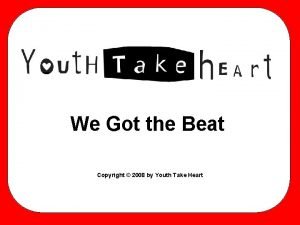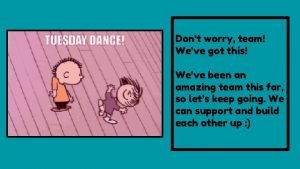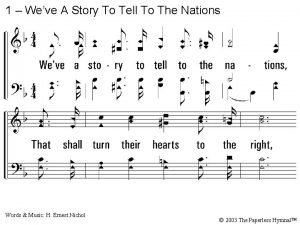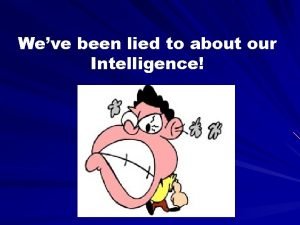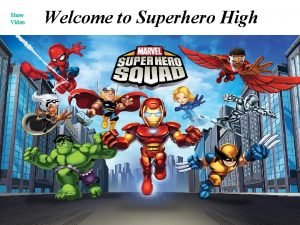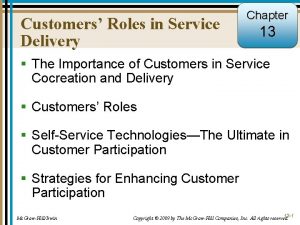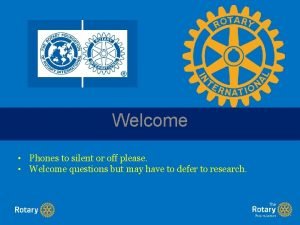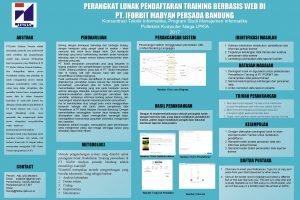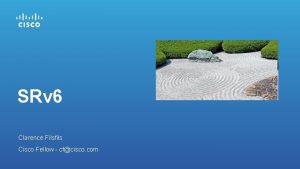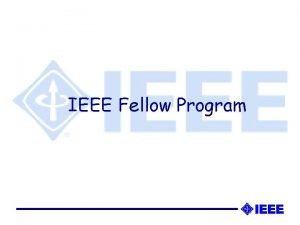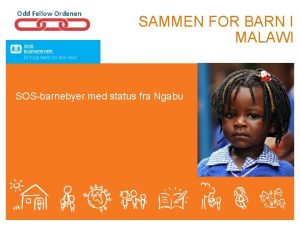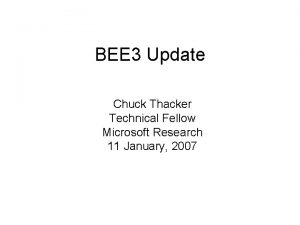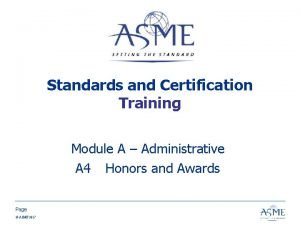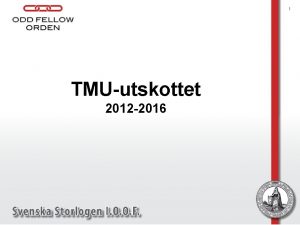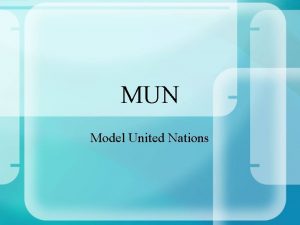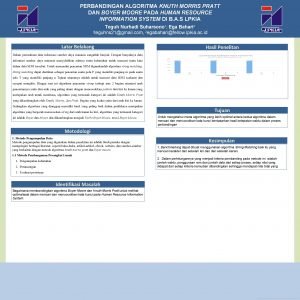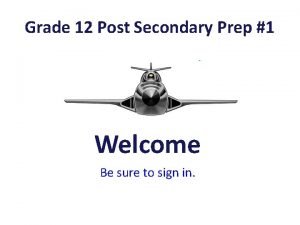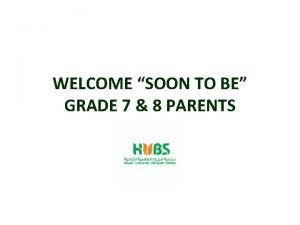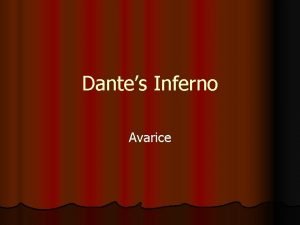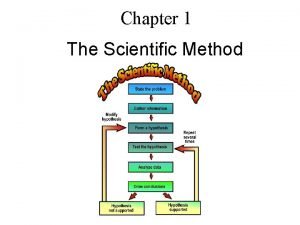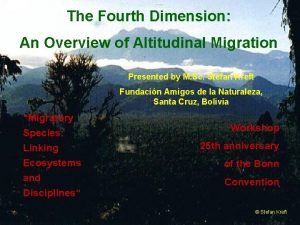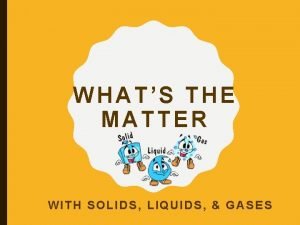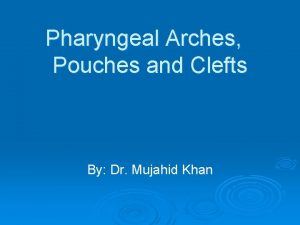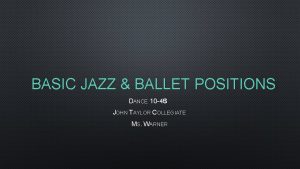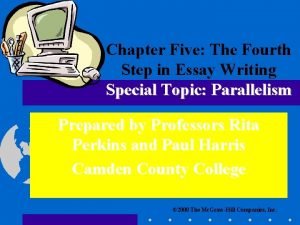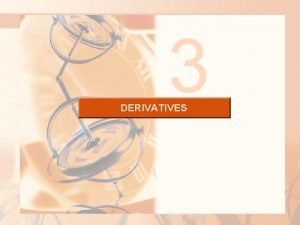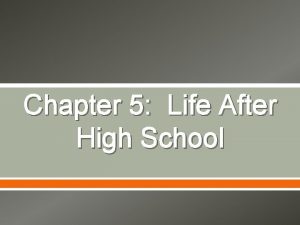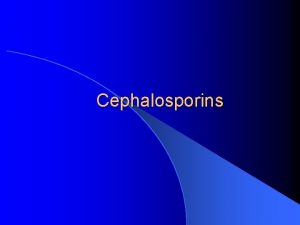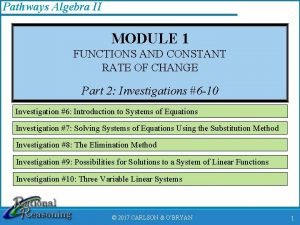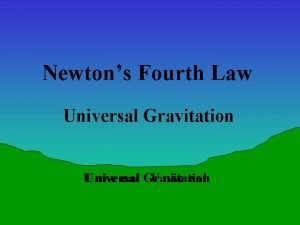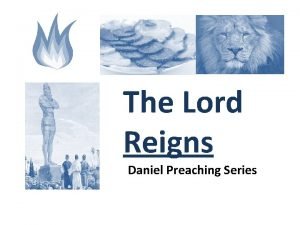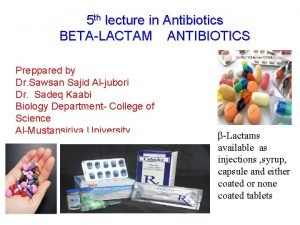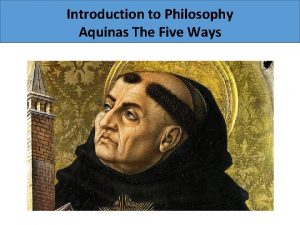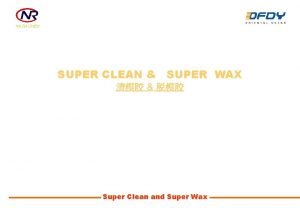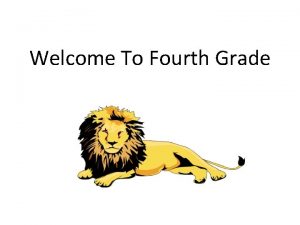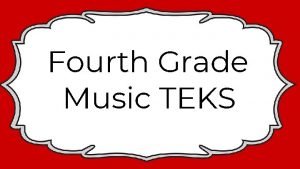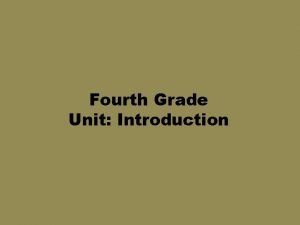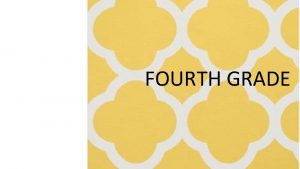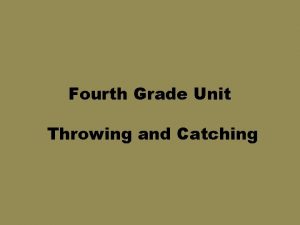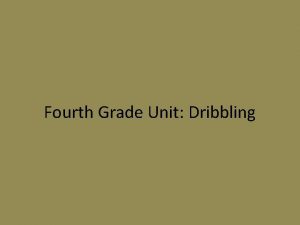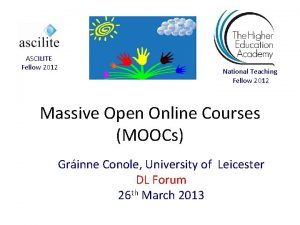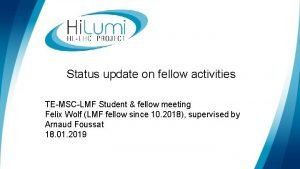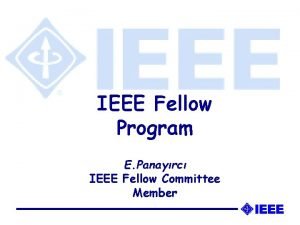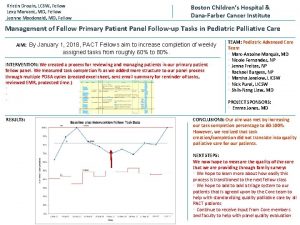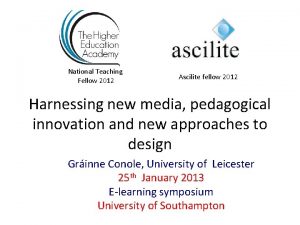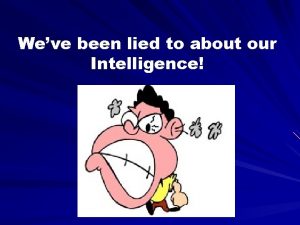Fourth Grade Super Scientists Welcome fellow scientists Weve






























































- Slides: 62

Fourth Grade Super Scientists!

Welcome, fellow scientists! We’ve spent the year investigating all sorts of scientific topics, from weather to the solar system, light and sound, force and motion, simple machines, ecosystems, and animal adaptations. It has been quite an exciting adventure! I’m proud of all of your discoveries! Let’s take a trip down memory lane to review all of the fabulous information we have learned! Come along with me…I’ll be your guide!

Weather and the Water Cycle We began our year right here on planet Earth with a study of all things weather-related! We became expert meteorologists! Let’s see what we learned!

Forms of Water • There are 3 forms of water: solid, gas, and liquid. • The solid form of water is called “ice. ” • Water in the form of a gas is called “water vapor. ” • The liquid form of water is called…water!

Boiling and Freezing Points • Water can change from one form to another through the processes of boiling, freezing, and melting. • The freezing point of water is 32° Fahrenheit, or 0° Celsius. • The boiling point of water is 212° Fahrenheit, or 100° Celsius.

The Water Cycle • • The water cycle is the continuous movement of water between Earth’s surface and the air, changing from liquid to gas to solid. Evaporation is when water is heated and changes from a liquid to a gas (water vapor). Condensation is when water vapor cools and condenses back into liquid form. Clouds are made of condensation. Condensation also forms on surfaces such as glass. Precipitation is when water returns to the earth as rain, snow, sleet, or hail.

Types of Clouds • Clouds form when water vapor rises, cools, and condenses into water droplets. • The droplets join together to form clouds. • Cirrus clouds are high, wispy clouds and are usually made of ice crystals. • Cumulus clouds are puffy, flat-bottomed, fair-weather clouds. • Stratus clouds are low and gray and blanket the sky. • Cumulonimbus clouds are very tall and dark. They bring thunderstorms.

Forms of Precipitation • There are four types of precipitation: rain, snow, sleet, and hail. • Rain is the only form of liquid precipitation. • Snow occurs when water vapor turns directly into ice crystals. • Sleet occurs when raindrops fall through layers of cold air and freeze. • Hail is a layered ball of ice.

Weather Instruments thermometer wind vane anemometer rain gauge barometer • Thermometer – measures temperature • Wind vane – measures wind direction • Anemometer – measures wind speed • Rain gauge – measures how much rain has fallen • Barometer – measures air pressure

“WHAT” is the Weather? • All weather is made of 4 ingredients: • • Wind (moving air) Humidity (moisture in the air) Air Pressure Temperature

Cold and Warm Fronts Warm Front Cold Front • A front is a boundary between air masses with different temperatures. • A warm front usually brings rain and warmer temperatures. • A cold front often brings violent weather followed by colder temperatures.

Predicting the Weather • Meteorologists (weather scientists) use weather instruments to study the four parts of the weather (wind, humidity, air pressure, and temperature. ) • They make a weather forecast (hypothesis) based on the data they collect.

Weather vs. Climate • Weather is the daily condition of the atmosphere in a place. Ex. : There is a 30% chance of rain for Snellville on Thursday. • Climate is the average weather in a certain place over a long period of time. Ex. : The desert has extreme temperatures and little rain. • Climate DOES NOT change from day to day; weather does!

The Solar System and Beyond! After our study of Earth’s weather, we blasted off on a journey of the solar system…. and beyond! We became expert astronomers!

What Makes Day and Night? • We have day and night because the Earth rotates on its axis. • When our side of the Earth is facing the Sun, we have day. • When we are facing away from the Sun, we have night.

Rotation and Revolution • It takes the Earth 24 hours to rotate once on its axis. • It takes the Earth 365 days (one year) to revolve around the Sun one time. • All of the planets in our solar system rotate and revolve. Rotation Revolution

The Phases of the Moon • The moon orbits around the Earth. Because of this, the shape of the moon appears to change over the course of a month. • There about 2 weeks between any 2 opposite phases of the moon (such as new moon and full moon).

Soaring Through Our Solar System • Our solar system includes all of the objects that orbit around our Sun. • There are 8 “official” planets and several “dwarf” planets (like Pluto)! • The Sun is the ONLY star in our solar system!

The Family of the Sun • • • Mercury – closest to the Sun Venus – Earth’s “twin” Earth – Home sweet home! Mars – the “red planet” Jupiter – largest planet Saturn – pretty rings! Uranus – spins on its side Neptune – windy blue planet Pluto – now a dwarf planet!

Thanks, Mom! (A way to remember the order of the planets!) My (Mercury) Very (Venus) Educated (Earth) Mother (Mars) Just (Jupiter) Served (Saturn) Us (Uranus) Nachos! (Neptune)

A couple more things about the planets! • The inner planets (Mercury, Venus, Earth, and Mars) are all rocky and are much smaller than the outer planets. • The outer planets (Jupiter, Saturn, Uranus, and Neptune) are HUGE gas giants!

Twinkle, Little Star? • Stars are balls of burning gases. • The Sun is a medium-sized star. • Stars’ temperatures vary based on their colors. • Blue stars are the hottest; red stars are the “coolest. ” • Stars stay in one place in space.

Cool Constellations! • Constellations are groups of stars that seem to form a picture. • There are 88 official constellations. • We see different constellations in different seasons because the Earth revolves around the Sun. Each season, we see a different part of the night sky.

Stars vs. Planets • • • Stars Balls of burning gases Stay in one place Make their own light Can be the center of a solar system Can be different colors Have different temperatures • • • Planets Can be solid rock or made of gas Revolve around a star Travel in an orbit Reflect light from the Sun Can be different colors Have different temperatures

Space Technology • Astronomers use many tools to study space. • Some forms of space technology include: – – Telescopes Satellites Space probes Spacecraft (Apollo missions, space shuttle) – The International Space Station

The Reason for Seasons! • • We have seasons because the earth is tilted on its axis. The hemisphere that is tilted toward the Sun is having summer. The hemisphere that is tilted away from the Sun is having winter. Fall and spring occur when the hemispheres are receiving fairly equal amounts of sunlight.

You Light Up My Life! After returning to Earth, we continued our explorations by learning about the concepts of light and sound! Come with me and I’ll illuminate you about what we learned! Sounds like fun, doesn’t it?

How Does Light Travel? • Light travels at a speed of 186, 000 miles per second! • Light travels in straight lines called rays.

Reflection – Mirror, On the Wall • Reflection occurs when light hits an object and bounces off. • Shiny, smooth surfaces cause the most reflection. • The law of reflection says that the incoming and outgoing angles of light must be equal.

Refraction – Break it Up! • Refraction occurs when lights bends or breaks as it goes through a transparent object. • When a prism is used to refract light, it creates the visible spectrum (a rainbow!).

So who is this ROY G. BIV? • ROY G. BIV is a way to remember the order of the colors in the visible spectrum. Red Orange Yellow Green Blue Indigo Violet

Absorption • Different objects absorb different amounts of light. • Dark colors absorb light; light colors reflect light. • The colors we see are the colors that are being reflected off an object; all of the other colors are being absorbed.

Transparent, Translucent, and Opaque • Transparent objects allow ALL light to pass through (ex. : clear glass) • Translucent objects allow SOME light to pass through (ex. : wax paper) • Opaque objects allow NO light to pass through (ex. : black posterboard)

Lenses • Lenses change how objects appear by refracting light. • Convex lenses bulge out in the middle. They make objects appear larger (ex: magnifying glass). • Concave lenses “cave in” in the middle. They make things appear smaller and sharper.

Sound – Good Vibrations! • ALL sound is caused by vibrations! When an object vibrates, it causes the air around it to vibrate. The vibrations travel to our ears in the form of sound waves.

Frequency and Pitch • Frequency (how often sound waves vibrate) determines the pitch, or highness or lowness, of sound. • High frequency = Fast vibration = High pitch • Low frequency = Slow vibration = Low pitch • When you tighten the strings of a guitar, the pitch gets higher because the frequency increases. • Large objects (like tubas) usually have lower pitches; small objects (like flutes) usually have higher pitches.

Amplitude, Intensity, and Volume • Amplitude and intensity have to do with the amount of energy in a sound wave. • Amplitude and intensity determine the volume (loudness or softness) of a sound. • High amplitude = loud; Low amplitude = soft • Amplitude is measured in decibels.

How Does Sound Travel? • Sound travels in waves by passing from one molecule to another. • Sound travels fastest through solid materials because the molecules in a solid are very close together. • Sound travels slower through liquids and slowest through air (because air molecules are much farther apart).

Force and Motion After experimenting with light and sound, we moved into the topics of force, motion, and simple machines!

What is a force? • A force is a push or a pull! • Gravity and friction are types of forces. • We have to apply a force to an object if we want that object to move. • The greater the force, the greater the movement!

What is work? • Work occurs when a force is applied, causing an object to MOVE! • Work ONLY occurs if something is moved!

Gravity & Friction • Gravity is a force that pulls all objects toward Earth’s surface. • Friction is an opposing force that slows or stops movement. • Rough surfaces create more friction; smooth surfaces create less friction.

Simple Machines • Machines make work easier by changing the direction of a force. • Most machines are made of a combination of six simple machines: wheel & axle, levers, inclined planes, wedges, pulleys, and screws.

Wheels & Axles, Gears, and Pulleys • Wheels and axles make things easier to move. • Gears are “wheels with teeth. ” • A pulley is a grooved wheel with a rope moving around it. • Pulleys are used for lifting heavy objects.

Inclined Planes and Screws • An inclined plane is a slanted surface (such as a ramp) which is used to move things from a high place to a low place or from a low place to a high place. • A screw is actually an inclined plane wrapped in a spiral. • Screws can raise or lower things, or they can hold things together.

Wedges and Levers • A wedge has an edge that is used to split things apart or to cut things (ex: a knife or a saw). • A lever is a bar that rests on a turning point called a fulcrum. • Levers make it easier to move loads. • It is easier to move a load when the FULCRUM IS CLOSE TO THE LOAD.

The World of Living Things! When we finished our “work” with force and motion, we began an exploration of ecosystems, biomes, food chains and webs, and the roles of living things! We learned that everything is connected in the “circle of life!”

Ecosystems & Biomes Some of the major biomes include: • Tundra • Taiga • Temperate forest • Tropical rainforest • Desert • Grasslands • Freshwater • Salt water • An ecosystem is the interaction of living and nonliving things in a certain area. • A community is the living part of an ecosystem. • A population is a group of one type of organisms. • A habitat is where a certain population lives. • Different ecosystems are known as biomes.

Producers, Consumers, & Decomposers • The living things in an ecosystem have different roles. • Producers (PLANTS) are organisms that make their own food using energy from the Sun. • Consumers are organisms that must get their food from producers or from other consumers. • Decomposers are organisms that break down living and dead matter. The decomposed matter becomes part of the soil and provides nutrients that enable new plants to grow. Some examples of decomposers are mushrooms, bacteria, and earthworms.

Herbivores, Carnivores, & Omnivores A cow is an herbivore. • There are three types of consumers. • Herbivores eat ONLY plants. • Carnivores eat ONLY animals. • Omnivores eat both plants AND animals. Many humans are omnivores. A lion is a carnivore.

Food Chains and Food Webs • Food chains show energy is passed from the Sun to producers, consumers, and decomposers. • Food chains often overlap if they include the same organisms. When this happens, it forms a food web.

Here Comes the Sun! • The sun is the source of energy for ALL food chains, because all producers make their own food using energy from the sun.

It’s All Connected! • Everything in our world is connected! A change to one part food web causes changes throughout the rest of the web. • For example, if plants become scarce, it affects not only the plant-eaters, but also the animals that eat planteaters.

Scarcity and Overpopulation • Scarcity is when there is not enough of a particular resource or organism. • Overpopulation is when there are too many of a certain type of organism. • Both scarcity and overpopulation cause upset the balance of an ecosystem.

Amazing Animal Adaptations! After learning about how everything is connected in the circle of life, we learned about some of the amazing adaptations that enable animals to survive!

What is an adaptation? • An adaptation is a certain body feature or behavior that allows an animal to survive in its environment. • Some adaptations include: camouflage, hibernation, protective covering, migration, chemical defense, and many more!

Camouflage and Mimicry • Camouflage is when and animal blends in with its environment as a way of hiding from predators • Mimicry is when an animal has characteristics similar to another animal or plant

Hibernation & Migration • Hibernation is a very deep sleep to help an animal survive during cold winter months. • Migration is when animals move from place to find resources or to find a better climate during the winter.

Protection & Fright • Many animals have protective coverings or coloring to warn predators to stay away. • Some animals frighten predators away by appearing larger than they are or by making startling sounds.

Causes of Extinction • In spite of their amazing ability to adapt and survive, many animals become extinct due to being overhunted by humans. • Other animals become extinct when their habitats are destroyed, often by humans. • Many countries have made laws to protect endangered animals so that they won’t become extinct.

Science Safety Tips! Wow! Science is so much fun! However, it’s important to remember these tips: • Follow all instructions carefully! • Use safety goggles when necessary. • Wear closed-toe shoes when performing experiments. • Never taste an unknown substance!!

Keep on Investigating! Well, that brings us to the end of our trip down memory lane! I hope you have learned a lot about science this year! But most of all, I hope that you will keep on investigating so that you can become a super scientist! Your friend,
 Welcome to fourth grade
Welcome to fourth grade Weve got the beat
Weve got the beat Virtualmemory
Virtualmemory Weve got this
Weve got this We've a story to tell to the nations
We've a story to tell to the nations Weve been lied to
Weve been lied to Superworm is super strong
Superworm is super strong Welcome to super hero high
Welcome to super hero high Trish livingston deakin
Trish livingston deakin Customer role in service delivery example
Customer role in service delivery example Paul harris fellow certificate template
Paul harris fellow certificate template Fellow lpkia
Fellow lpkia Ieee fellow nomination form
Ieee fellow nomination form Cisco fellow
Cisco fellow Ieee fellow requirements
Ieee fellow requirements Odd fellow orden
Odd fellow orden Technical fellow microsoft
Technical fellow microsoft Asme fellow nomination
Asme fellow nomination Poor little black fellow summary
Poor little black fellow summary Odd fellow medlemsregister
Odd fellow medlemsregister Little fellow
Little fellow Policy statement mun example
Policy statement mun example Fellow lpkia
Fellow lpkia Wise men three clever are we
Wise men three clever are we Welcome to grade 10
Welcome to grade 10 Welcome to grade 12
Welcome to grade 12 Hope you had a great summer break
Hope you had a great summer break Managebac disv
Managebac disv Welcome to grade 7
Welcome to grade 7 Avarice dante's inferno
Avarice dante's inferno What is the fourth step of the scientific method
What is the fourth step of the scientific method Fourth dimension immigration
Fourth dimension immigration Vaporization matter
Vaporization matter Fourth generation techniques
Fourth generation techniques Slidetodoc.com
Slidetodoc.com Fourth estate meaning
Fourth estate meaning Jazz arm positions
Jazz arm positions Dantes inferno canto 7
Dantes inferno canto 7 Fourth normal form example
Fourth normal form example Fourth shift software review
Fourth shift software review Ethics in information technology fourth edition
Ethics in information technology fourth edition Third and fourth party logistics
Third and fourth party logistics Fourth step in essay writing
Fourth step in essay writing Fourth buddhist council
Fourth buddhist council Charlie chaplin chocolate factory
Charlie chaplin chocolate factory One two three four five six
One two three four five six Fourth derivative
Fourth derivative French classical menu pdf download
French classical menu pdf download The five generations of computers
The five generations of computers Section 3 cash flow your college education
Section 3 cash flow your college education 2 generation cephalosporins
2 generation cephalosporins Pathways algebra 2 answer key
Pathways algebra 2 answer key Newtons 4th law
Newtons 4th law 5th commandments of god
5th commandments of god Fourth district pta
Fourth district pta Fourth party payment
Fourth party payment The fourth beast of daniel 7
The fourth beast of daniel 7 Lactam ring
Lactam ring Aquinas fourth way
Aquinas fourth way Ffa creed 4
Ffa creed 4 Ethics in information technology fourth edition
Ethics in information technology fourth edition 3 part nursing diagnosis examples
3 part nursing diagnosis examples The fourth commandment catholic
The fourth commandment catholic

